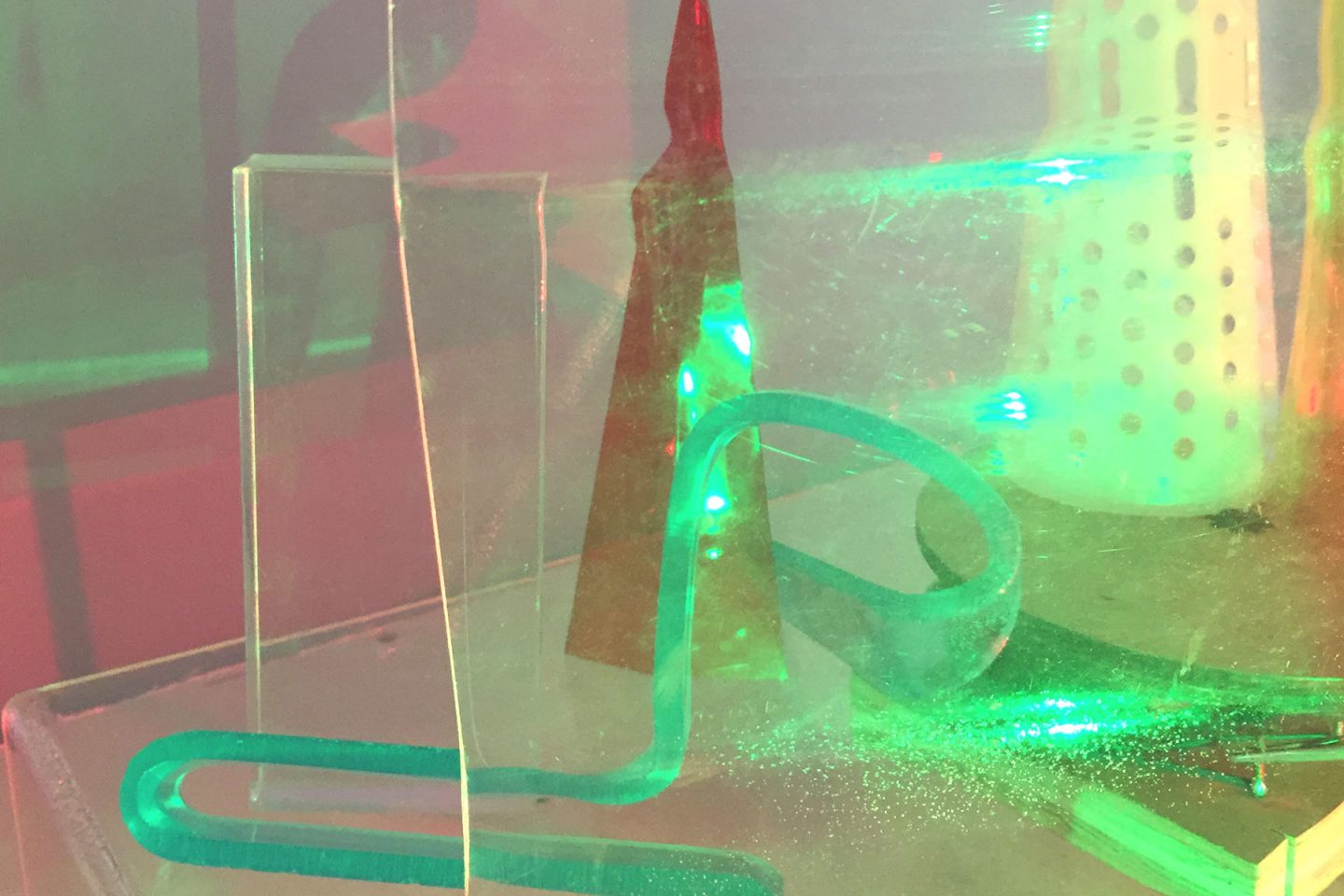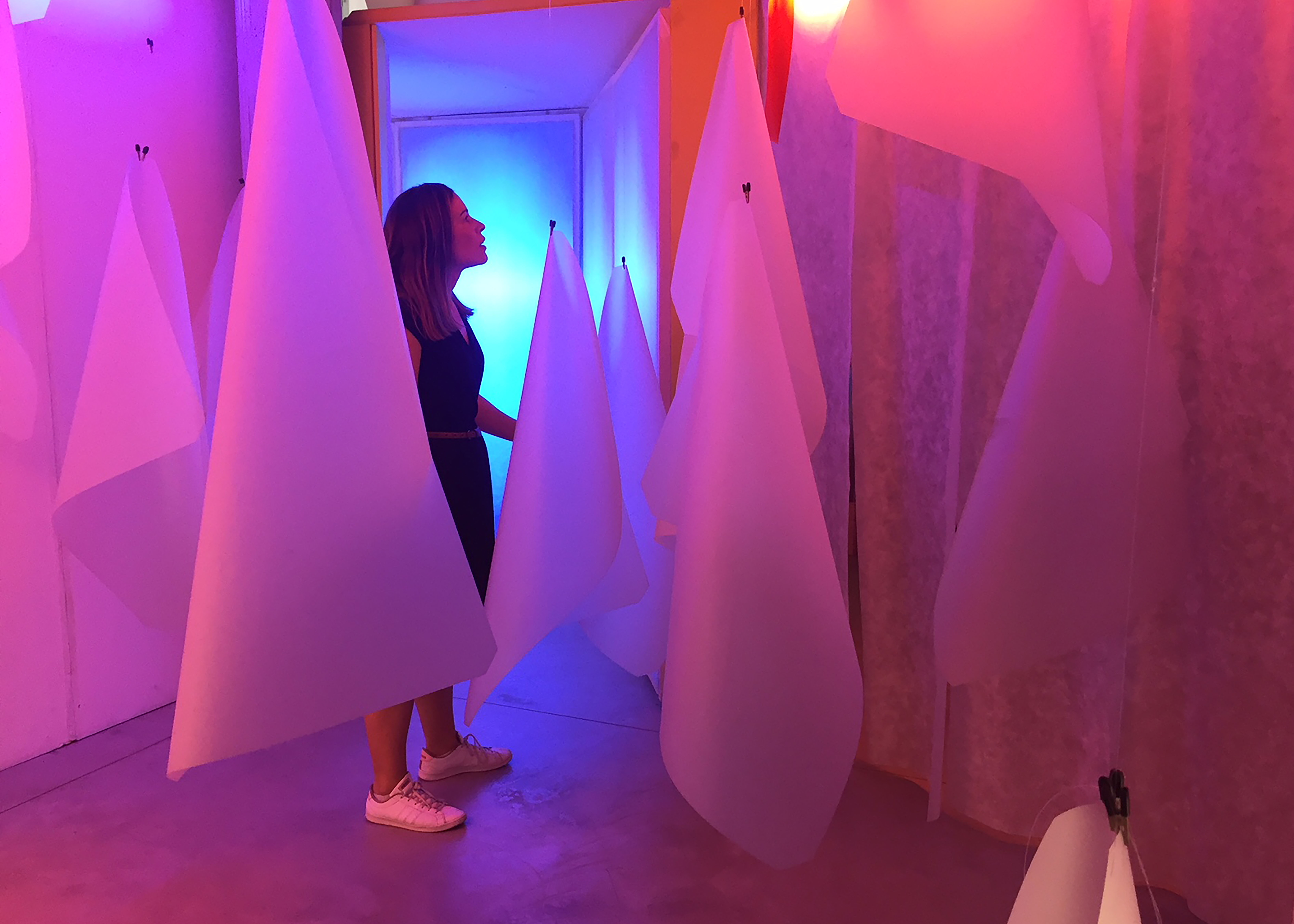I talk a lot about the importance of creativity and materials in children’s learning on this website. Most of the posts I have previously written have been aimed at teachers and creative professionals working with children.
However, parents also play an important role in supporting children’s learning. To be honest, nearly every parent I have met has been incredibly interested in hearing about what they can do to help to support their child’s creativity.
So, I have decided to start writing some posts especially for parents.
Kicking off with this one.
I have put together five hot tips for supporting children’s creativity with materials. These ideas build on a podcast I recently did for ‘Rial Talk
These tips are best suited to children aged between 1-12 years of age however they could be applied to teenagers in different contexts.
You will just need to think about what works best for your situation.

Tips for supporting children’s creativity with materials:
Select materials that are open-ended
Many toys have a prescribed use that has limited possibilities for imaginative play. For example, a toy truck can be rolled or have bits put into its trailer. While a child is playing with the truck, they may construct an imaginary narrative like it driving through the city to rescue people and deliver goods. However, what the child can and cannot do with the truck is relatively limited as the toy itself cannot change form. To support children’s creativity with materials, you could try putting children in contact with open-ended materials that do not have a prescribed use. For example, materials such as clay, sand, paint, recycled materials or even the box the toy came in could encourage a
Let children explore materials instead of telling them what to make
In kindergartens and schools, art is often taught in a very product-focused way. For example, recycled materials are often used to make robots. Or paper and paint are used to create self-portraits. To support children’s creativity, try giving children
Use familiar materials in unfamiliar ways.
By changing the setting in which children would normally encounter the material, it creates new imaginative starting points for play and experimentation. For example, gather some natural materials such as leaves, twigs and flowers and bring them inside. You can then do a
Use a variety of materials that appeal to different senses
Different materials may appeal to different senses such as touch, sight, taste, smell and hearing. For example, using aromatherapy oils or flowers may connect with a child’s sense of smell. Music may appeal to children’s hearing. Materials that can be safely eaten may connect with children’s taste.
Ask reflective questions instead of just giving praise
Giving children positive feedback on their efforts may encourage them to engage in creative activities in the future. For example, if a child has created a sand castle, you might say “that’s amazing Jonathan, well done!” However, the conversation does not need to end there. To support the child’s creativity, you can ask reflective questions about what they have done. For example, “Well done Jonathan, I know you spent a lot of time making this sandcastle and it has paid off. I noticed that when you were making it, you poured the sand into different containers then added some water into it. Why did you do this? What happens to the sand if you don’t put water in? Or what was the hardest part of making this?” These questions are useful in encouraging children to self-reflect on their learning process.
Please let me know if you get a chance to test these tips out!
I plan to do more posts for parents over the coming months so keep following along if you are interested.
Further Links on Tips for Supporting Children’s Creativity with Materials
My blog post in 3 tips for laying out materials
A link to an article I recently wrote for MIT’s Journal of Design and Science on why materials are important in children’s creative learning
The Design of Childhood by Alexandra Lange is a really interesting book that looks at how children’s toys and
P.S. I will be blogging fortnightly for the remainder of 2019. Posts will be coming out the 1stand 3rdThursday of the month.




2 Comments
That was amazing tips, it helps and reminds me to extend my open ended questions to the child, and build up more useful conversations with the children.
Love your ideas! Totally believe in supporting creativity with materials.